As a business owner or high-level leader, you know the importance of being prepared. Whatever industry you’re in, you know the stakes are high. As hard as it is to think about, most businesses aren’t more than one disaster away from failure, at least if the disaster is big enough.
The importance of high-quality backup and disaster recovery for the modern business cannot be overstated. It’s simply mission-critical to have a plan that can overcome data loss or even disaster-related significant facility damage. While the Atlanta-Gainesville corridor is mostly insulated from natural disasters, the possibility of damage from a tornado or the remnants of an Atlantic hurricane is real. Not to mention, fire and flood are threats no matter where you are.
We’ve talked before in this space about the importance of
backup and disaster recovery, so we won’t rehash all those reasons here. Instead, we want to focus on a different question: assuming you already have a backup strategy and disaster recovery plan in place, how often should you review your backup and disaster recovery solutions?
Why “Set It and Forget It” Is a Bad Move
Thinking about backup strategies and disaster recovery solutions can be a bit of a hassle. That’s why many small businesses ignore this entirely, to their peril. Others take the time to set up a strategy, but that’s as far as they go. They take a “set and forget it” approach. This is a bad idea for several reasons.
First, neglecting your backup and disaster recovery solutions can put you at significant risk. Your backup system may be automatic, but that doesn’t mean it never needs any attention. What if the virtual machine or server running your backup utilities freezes or ceases to function correctly?
In other words, what if your backup system isn’t actually backing anything up? If you set it up and then forgot it, you might not know that you’re unprotected until it’s too late.
Second, everything changes over time. You likely have plans for your company to continue growing. Also, new technologies are hitting the scene all the time. If you set up your backup and disaster recovery solutions and never review them, you may not be utilizing some great innovations.
But even scarier, your growing company could grow out of your existing backup and disaster recovery strategy, creating capacity problems or even gaps in protection.

Baseline: Periodic Review
Back to the original question, now: how often should you review your backup and disaster recovery solutions? We are going to answer this question in stages.
We’ll start with what we want to call the baseline.
At a minimum, your business should conduct a periodic review of your backup systems and your disaster recovery solutions.
The frequency of this review may vary depending on the nature of your business, but whatever you settle upon for frequency needs to be built into your company calendar. If you don’t plan for this, it almost certainly won’t happen. And then you’ll be back in “set it and forget it” mode.

General Rule of Thumb for Backup and Disaster Recovery Review
If your business is tech-forward or you at least employ a few tech-minded people, you may well have an idea of what makes sense as far as a time frame for your backup and disaster recovery review. But if not, that’s OK.
For most knowledge-economy small and medium businesses, a yearly backup and disaster recovery review is a good place to start. Technology changes pretty rapidly today, so it makes sense to take stock once every year to ensure the technology solutions you’re using are still the best for your business.
There is another excellent reason to conduct a periodic review like this. Not only is technology changing, so is your business. Even if you’re not in a period of rapid growth or you haven’t implemented any major new initiatives, you are surely making a number of small operational changes throughout the year.
The cumulative effect of these small changes can be significant. Especially if you don’t have an in-house team or resource that has an eye toward backup and disaster recovery, you may not be aware of the implications of those small changes that you’ve made.
You have seen this in other areas, more than likely: one team in your business makes a small change that they would never imagine affects another department. The team making the change may even fail to notify the other department. But the change did have an effect, and it probably led to some harsh words between department heads or company leaders.
We see this kind of scenario often when it comes to backup and disaster recovery solutions. A business makes a small change, one that no one would expect would cause a problem for their backup plan, yet it does.
So, to recap: periodic reviews of your companies back up methods and disaster recovery solutions are essential. We recommend most businesses schedule these reviews yearly. If your business is particularly tech-forward, you might want to accelerate this timeline to every six months. But once a year is a good baseline for most companies.

Change-Based Backup Reviews
In addition to periodic backup and disaster recovery reviews, your business should also conduct change-based reviews. As we discussed above, even small changes can potentially break your backup systems. If that’s true, then certainly major system changes can do the same thing.
So what are some of the changes that should trigger a backup review? The list below is not exhaustive, but it should give you an idea of the sorts of things that should lead you to take stock of your current backup and disaster recovery solutions.
Data Migrations
Anytime you migrate data from one platform, server, or cloud solution to another, it’s time to review your backup solutions. Not every backup solution plays nicely with every environment, so you want to make sure all your systems are communicating with each other in the way that you need them to.
System Replacements
Similarly, anytime you swap out major systems in your organization, you want to take a look at your backup and disaster recovery solutions to make sure they are indeed backing up those new major systems.
If you’re in “set it and forget it” mode, you may well be backing up everything else in your IT infrastructure while the shiny new system is sitting there unprotected.
Business Relocation
Anytime you relocate your business or your physical IT assets, you’ll want to take stock of your backup and disaster recovery solutions. This is partly for the same reasons as above: You could find yourself in a bad place if only some of your systems are actually backing up after the move.
But there are also physical considerations to the move. If you relocate to a gorgeous lakeside headquarters, for example, and your servers are in the basement, you may have a more significant flood risk than you did before. Your disaster recovery plan may need to change in more significant ways.
Significant Growth
Lastly, anytime you enter a period of significant growth, you need to perform a change-based review. The solutions you had in place prior to the growth may be insufficient to protect your business as it exists today. You may need greater capacity or bandwidth (or both).
Southeastern Technical: Your Partner for Backup and Disaster Recovery Solutions
For many businesses, attempting to manage all backup and disaster recovery solutions internally isn’t the best idea. If your business lacks the personnel or skills to manage this process effectively and with authority, you need an expert to make sure that your chosen solutions will truly meet your needs. Since the future of your business could be at stake, this is not an area to cut corners in.
Southeastern Technical has been serving the needs of small and medium businesses throughout the greater Atlanta/Gainesville area for numerous years. Our team has the technical expertise you’re looking for when it comes to backup and disaster recovery solutions. If you’re ready to partner with the experts, we’re here to help.
Reach out today to learn more.






